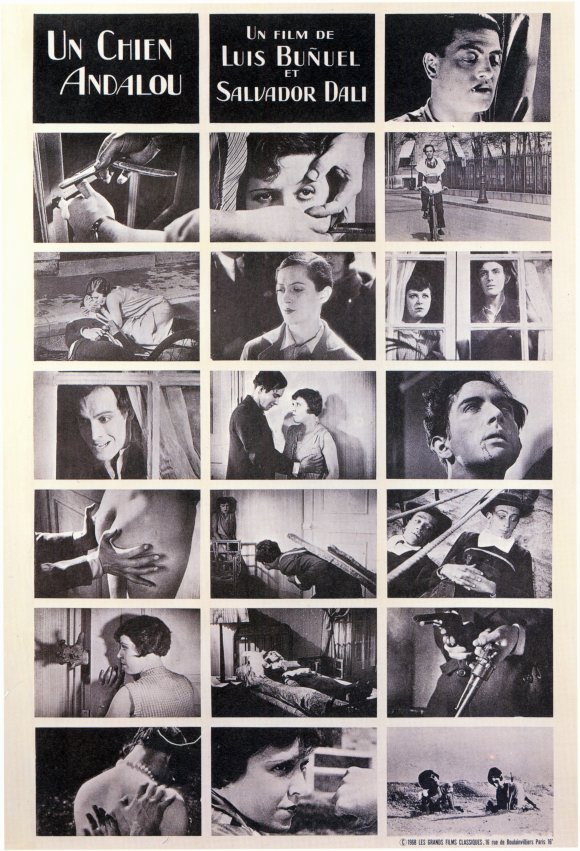Allen Ginsberg and Philp Whalen, in Allen’s East 12th St apartment, New York City 1984
Allen Ginsberg: I (know) a couple of lines (of German) – ” Du bist wie eine Blume/so..schon und..” (Heinrich Heine)
Philip Whalen: I’d like to take the Rilke out of .. as much German as I’ve absorbed, totally out of the air, and out of the imagination, and what-not, to look at The Duino Elegies and so on, and get some comfort and charm out of the sound of the things as they go by. But, as far (as).. if you asked me to render a single line, I’d be.. I might recognize some lone word, or something like that, but otherwise, I’d be totally flummoxed, I wouldn’t have any idea.
I do the same thing with Lorca. Although I can guess better at Lorca because it’s nearer to a Latin trip, but I enjoy looking at the Lorca texts in Spanish. But we all learn from the same people. From Rilke and Lorca and Thomas Mann and from (Marcel) Proust, and..
Allen Ginsberg: I never could get much out of Lorca. Just a continuous breath..
Philip Whalen: Oh, there’s a thing about weather..
Allen Ginsberg: …The Duino Elegies, but that’s all.
Philip Whalen: Yeah, but in Lorca, there’s a thing about the smell of things and the shape, the colors of things, and about the weather, about how hot it is and how cold it is, which I find really nice.
Allen Ginsberg: I’ve always seen him as a bad influence on people. They get really.. sad and romantic.
Philip Whalen: It’s very thin, it’s really thin stuff the Lorca materials are, I think, but still they’re very pretty. The Rilke thing is very.. it gets smeary
Allen Ginsberg: I’m sorry. I was talking about Rilke.
Philip Whalen: Well, he tends to smear..
Allen Ginsberg: Yeah.
Philip Whalen: ..as far as I can see. And he’s like Richard Strauss, he gets.. exactly, he gets imprecise and floppy around the edges, and it just gets pretty.. and, I think it’s wonderful that..the greatest thing about Rilke is that he died after picking a rose and getting stuck on one of the thorns. What actually happened was that it turned out that the wound from being poked by this rose-thorn didn’t heal up and he actually had leukemia, but they didn’t know it until right that minute, or a couple of months later, when he still had this hole in him. He was actually dying of leukemia. But it was quite wonderful to be pricked by a rose and die. I always thought more kindly of him on that account.
Philip Whalen: And also when I was in the army, a friend gave me a copy, a little single volume of the Letters To A Young Poet, which I treasured. I really thought that was some of the wisest, most marvelous, most inspiring stuff that anybody ever said about the calling of being a poet.. were these letters that he’d written to..very stuffy, actually.. letters to this young kid who was writing to him about, “How do you be a poet?”, and, “I’m discouraged”, and “Please tell me what to do next?”, and so on. And Rilke wrote these very studied and very careful, very beautiful, replies to him, and I don’t know whether the kid ever amounted to anything, but they..
Allen Ginsberg: No, he didn’t.
Philip Whalen: ..but the replies are much more.. and I do like the prose… the thing I was talking about yesterday, about writing prose with the care of poetry, where the Malte Laurids Brigge‘s right on top, every minute, right now. Right on top of each event, each particle is going by, he’s right there with it. And so it works a lot better than a lot of the poems, except.. I don’t know. That’s quite wonderful where that angel comes in and grabs him in the first Duino Elegy..and says, “Shape up” (and, poor sap, that took him twenty years to shape up there!)






















































